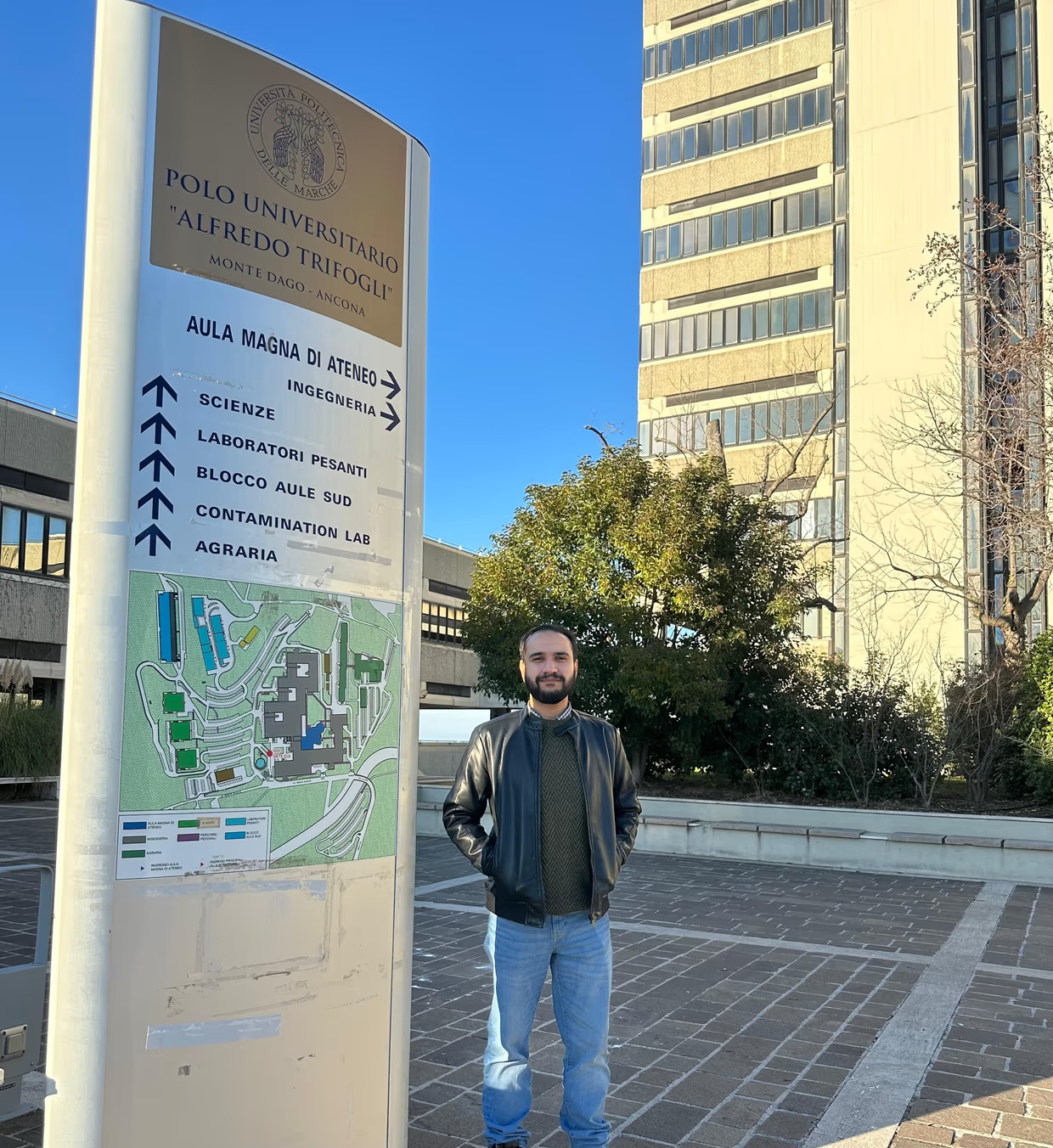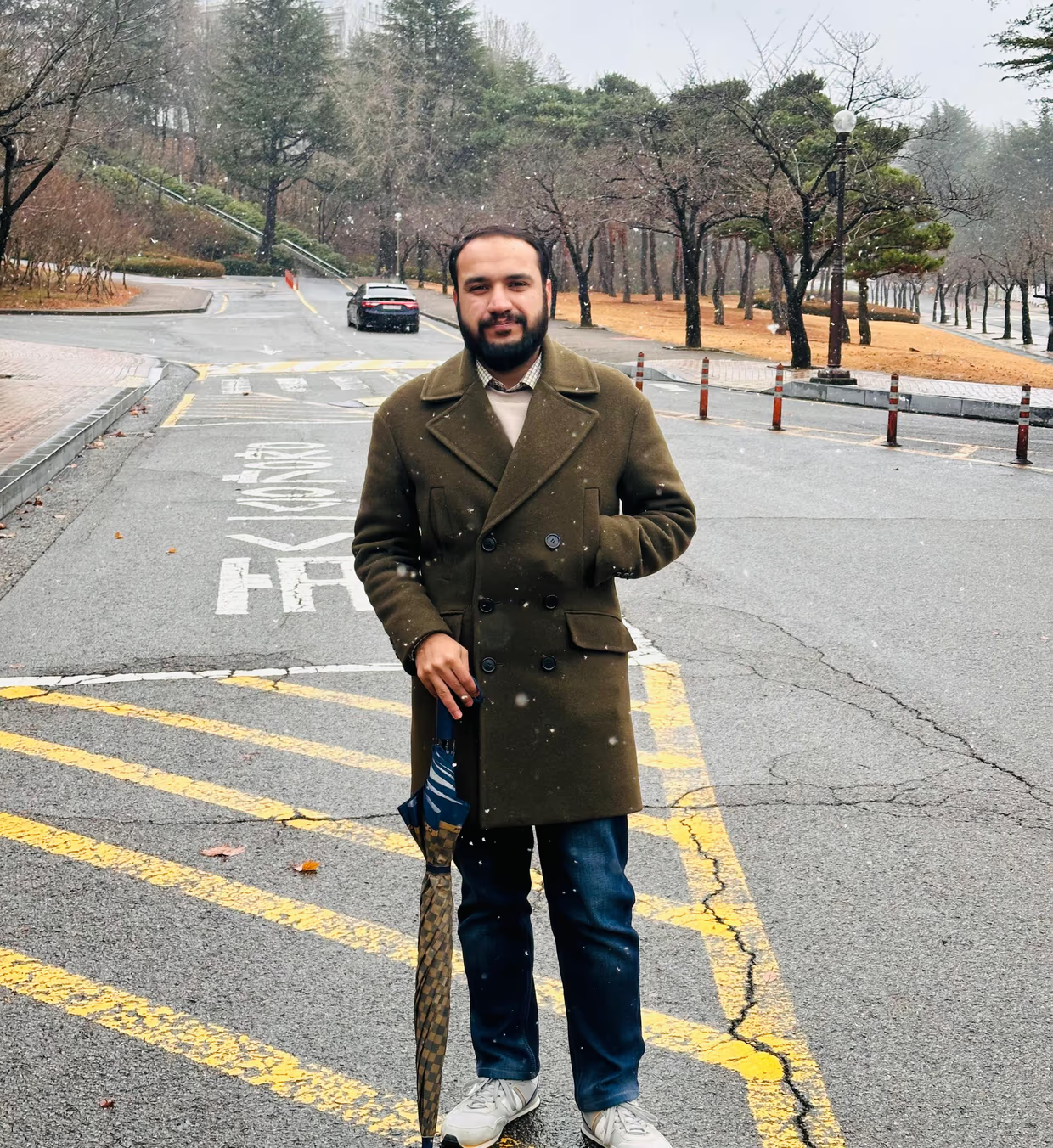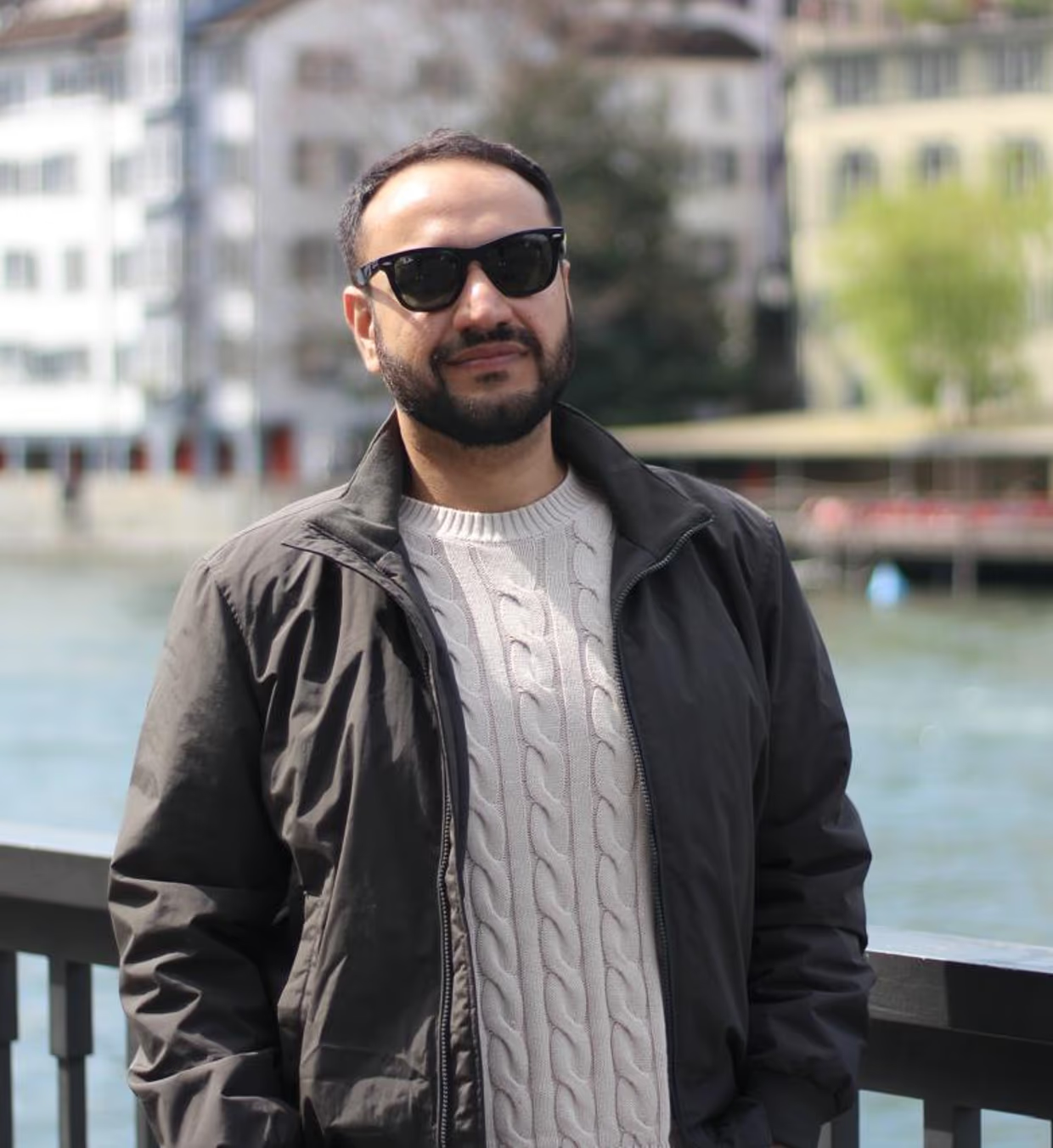Research topic: Effects of losses on the field distribution and propagation in complex semi-enclosed environment (WP7)
Background:
Jawad Ali is doctoral candidate in the MSCA NEPIT project at the department of Information Engineering, Università Politecnica delle Marche. He obtained his bachelor form University of Peshawar, with a major in Physics in 2017. His masters in physics is from Hazara University Mansehra, with a research stay of one year at the faculty of Electrical Engineering, Ghulam Ishaq Khan Institute of engineering sciences and Technology, Swabi in 2021. He worked in a public institute to teach undergraduate courses in physics during 2022. From 2023 he joined the Communication and wave propagation laboratory at department of information engineering, Chosun University South Korea as a research assistant. There he worked closely with the Radio Research Agency (RRA) through national research foundation grant to develop reflectors for satellite communication. He also worked on Brain Korea research grant for the advancement of 5G communication systems with the Korea communication Agency (KCA).
How did he become a part of NEPIT?
My past research focused on the design and development of antennas and reflectors for satellite and 5G communication systems, deepening my expertise in electromagnetics, wave propagation, and communication systems. My growing interest in electromagnetic compatibility (EMC) and its role in reliable communication technologies led me to explore international research opportunities, through which I discovered NEPIT. The program’s emphasis on propagation and interference evaluation aligned perfectly with my academic background and professional goals, making it a natural next step in my research journey.
What is NEPIT according to you?
To me, NEPIT (Network for Evaluation of Propagation and Interference Training) represents a collaborative framework that fosters advanced research, skill development, and innovation in the field of electromagnetic propagation and interference. Through this project, I will explore the effects of electromagnetic losses on field distribution within a chamber, assess the vulnerability of electronic units (EUTs) to external disturbances, and apply shielding techniques to mitigate resonant risks. This hands-on work will not only enhance my technical expertise in numerical simulations and EMC testing, but also help improve standardized procedures in alignment with theoretical solutions. More broadly, NEPIT contributes to the wellbeing of the general populace by supporting the creation of safer and more reliable electronic environments—reducing interference in critical applications like healthcare, communication, and transportation. Additionally, NEPIT strengthens the professional community by encouraging networking, soft skill development, and interdisciplinary collaboration, ultimately promoting technological progress and societal resilience.
Role in NEPIT?
I am a doctoral candidate in NEPIT, at Università Politecnica delle Marche. My role is to contribute to the advancement of EMC testing methodologies by focusing on both conducted and radiated immunity and emission testing. My individual research project aims to investigate the effects of electromagnetic waves on electronic systems, with a particular emphasis on understanding loss mechanisms and the emulation of radio channels in multipath environments inside a reverberation chamber (RC). By combining numerical simulations with experimental measurements, I seek to improve the accuracy and reliability of testing techniques. This work supports NEPIT’s mission to enhance the evaluation of propagation and interference, ultimately contributing to more robust and scientifically grounded industry standards. I am motivated by the long-term goal of bridging the gap between academia and industry in my home country, where I hope to lead collaborative research projects that drive innovation. Additionally, I aim to develop strong scientific communication and networking skills, and to publish high-impact research that informs future standardization efforts in the field of electromagnetic compatibility.
Plans for immediate and distant future?
In the immediate future, I plan to deliver a comprehensive evaluation of the effects of losses on electromagnetic field distribution in complex environments such as reverberation chambers (RC). My work will include statistical analysis of induced voltage disturbances and comparison with traditional anechoic chamber results. I aim to publish 2-3 peer-reviewed journal papers and present 4–5 conference contributions based on experimental and simulation findings. I will enhance my expertise in numerical simulations, particularly in FDTD methods, and gain hands-on experience in EMC testing within RC and VIRC setups. I also intend to participate in top-tier conferences such as EMC Europe, APEMC, and IEEE EMC + SIPI, and attend relevant summer schools to refine my technical and communication skills.
In the distant future, my goal is to become an industrial leader in EMC testing, with specialized expertise in radiated immunity and measurement methodologies. I aim to develop robust, reproducible testing techniques and contribute to evolving international EMC standards. By bridging academic research with industry needs, I hope to lead collaborative projects across sectors like telecommunications, automotive, and aerospace. I plan to apply for postdoctoral MSCA funding in 2027 to further solidify my research path. Over time, I seek recognition as a key contributor to EMC innovation while cultivating strong communication and project management skills to support dissemination, standardization, and potential patenting of novel methodologies.




